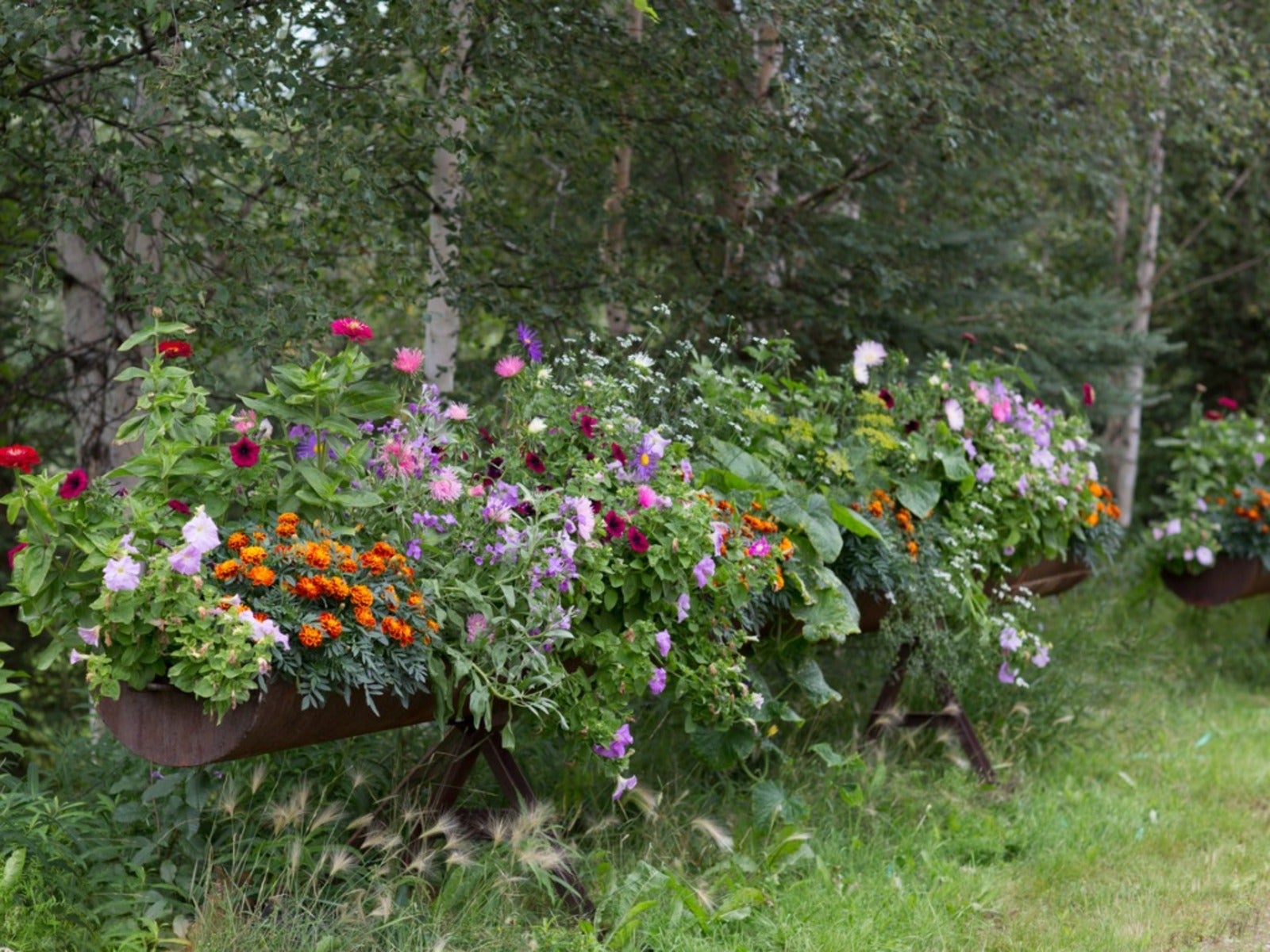Zone 1 Plants: Cold Hardy Plants For Zone 1 Gardening


Zone 1 plants are tough, vigorous, and adaptable to cold extremes. Surprisingly, many of these are also xeriscape plants with high drought tolerance. The Yukon, Siberia, and parts of Alaska are representatives of this harsh planting zone. Gardening in zone 1 isn't for the faint of heart. Planting choices must be acclimated to the tundra and harsh conditions. Read on for a list of cold hardy plants that can withstand temperatures of -50 degrees F. (-46 C.) in winter.
Zone 1 Perennial Plants
Even extreme northern gardens should have some perennials and annuals. Plants for extreme cold are rare, but the first choices to look at are the native specimens. If it can survive in your region in the wild, it should do pretty well in your garden. However, you aren't limited to native choices, especially if you don't mind annual plants. Many of these are hardy enough to survive the warmer season in the region and then simply die back when the really cold temperatures arrive.
If you are like me, you hate to waste money on annuals since they are here today, gone tomorrow. Perennials provide the permanency and value that is essential in the household budget. Flowering perennials really perk up the landscape and have an easy growth habit in most cases. Some good zone 1 perennial plants might be:
Native Cold Hardy Plants
If you take a walk in the woods and look around, you will see plenty of plant diversity. While the extreme winter cold and short season mean plants grow slower, you can still have year-round dimension and greenery. Try the native trees and bushes like:
- Dwarf Birch
- Crowberry
- Lapland Rhododendron
- Netleaf Willow
- Quaking Aspen
- Artemisia
- Wild Cushion Plant
- Cotton Grass
- Labrador Tea
- Devil's Club
Native perennial zone 1 plants include:
Adapted Cold Hardy Plants
You can get many plants that are not native to the region to survive the temperatures of the tundra regions. Adaptable plants for extremely cold regions will do best if allowed to adjust to the harsh conditions. They may also require a bit more babying to thrive, such as heavy winter mulch, supplemental water, and a sheltered location.
Gardening in zone 1 doesn't have to be limited by the weather patterns either. Place your selections in containers so that when a killing frost or other weather event threatens, you can whisk your babies indoors. Some non-native but hardy specimens for sound and movement in the landscape might be:
Gardening tips, videos, info and more delivered right to your inbox!
Sign up for the Gardening Know How newsletter today and receive a free copy of our e-book "How to Grow Delicious Tomatoes".
- Sea Lavender
- Black Rush
- American Beachgrass
- Saltwater Cordgrass
- Seaside Goldenrod
- Sweet flag
- Wild Mint
- Stinging Nettle
- Astilbe
- Hostas
- Bluestem grass
- Spirea
- Blazing Star
Keep in mind that many of the northernmost territories are also wild, meaning deer, moose, rabbits, and other wildlife are always ready to munch on your plants. Use fencing to limit their browsing in the garden and protect your new plants.

Bonnie Grant is a professional landscaper with a Certification in Urban Gardening. She has been gardening and writing for 15 years. A former professional chef, she has a passion for edible landscaping.